How to earn money from caller tunes in South Africa
Caller tunes allow phone subscribers to change the traditional ‘pring-pring’ tone heard by an inbound caller to a song chosen by the subscriber. The mobile user subscribes to the service through their mobile network, with Vodacom, MTN and Telkom being the main networks in South Africa offering this service.
Caller tunes, also known as ringback tones, are a promising supplementary revenue stream for musicians in South Africa. According to Music In Africa’s Revenue Streams for Music Creators in South Africa 2022 report, caller tunes bring in a monthly average of R12 000 for music creators across the country.
Overview of market potential
There are more mobile phone subscribers than people in South Africa. In 2019, there were approximately 101 million subscribers, with 81% of these (82.9 million) being Vodacom, MTN and Telkom subscribers.[1] Assuming that 60% of these subscribers (49.74 million) are personal subscribers, there exists a sizeable market for caller tunes in South Africa.
Although hard data on actual caller tunes earnings is difficult to come by, apart from the Music In Africa report on revenue streams, we can speculate about the size of the market in South Africa. The average cost of caller tunes is R5 per month. If 50% of personal subscribers were to use caller tunes, that would be about R124 million per month in revenue going to the mobile networks. At 25% usage, this figure would be about R60m per month.
However, the bulk of this is retained by the mobile networks, with a portion of this revenue distributed to artists in the form of royalties. While this portion isn’t officially disclosed, City Press reports it to be 8%.[2] Using this figure, we can calculate that the potential royalties that could be generated from caller tunes come to roughly R10 million per month (at 50% subscriber usage) and R5 million per month (at 25%).
Submitting music for caller tune usage
Digital music distributors, also known as aggregators, are companies used to distribute and submit music to different platforms, such as iTunes, Spotify, etc. Some digital music distributors also submit music to mobile networks for the usage of caller tunes.
There are several aspects musicians should consider when deciding on a mobile ringback tone distributor:
- Price. Distributors typically require an upfront fee. In addition to the upfront fee, some distributors require recurring annual fees. Musicians should make sure that they know exactly how the fee structure works before committing to any deal.
- Royalty cut. Some distributors take a percentage from the royalty revenue earned from caller tunes. Musicians should try to find a suitable balance between the upfront fee and the royalty cut.
- Customer service. Caller tunes distribution is, essentially, a service you will pay for, and as such you are entitled to good customer service from your ringback tone distributor. If a company takes long to respond to emails, doesn’t answer calls and has disgruntled customers on their social media feeds, it’s usually a sign of bad customer service.
- Additional services. Additional services that promote the progression of your music career – such as in-house PR, publishing collection and playlist plugging – can be a good thing. However, if the entity offers services that don’t seem to interact well with each other, that’s usually a sign of dysfunction within the company’s operations.
- Reputation. In the long run, some extra money on the side isn’t as important as your reputation in the eyes of official CMOs such as the Composers, Authors and Publishers Association (CAPASSO). Ensure that you are working with a reputable distribution service. Once registered with CAPASSO, musicians can contact the organisation for additional information on which distributors it recommends.
The following distributors specialise in submitting caller tunes for the South African market:
- Aggregator Africa is a digital music distributor that submits music to South African mobile networks. As of 2021, Aggregator Africa charges R750 for MTN and R750 for Vodacom Tunes, and takes 40% commission from cellphone network sales.[3]
- Content Connect Africa is a media content business situated in Johannesburg. It provides digital distribution, marketing, publishing and submission of music for ringback tones. Contact the company directly for the latest fees and rates.[4]
- Nazwo Digital is a digital music distributor, publisher and music licensing entity. It also offers royalty collection services. Contact the company directly for the latest fees and rates.[5]
Other, perhaps internationally based, distributors may suit the individual musician’s needs better. Musicians are encouraged to do thorough research before deciding which distributor meets their requirements and their budget.
Caller tune payment structures
Caller tunes are considered to be pieces of digitally reproduced and distributed music. Therefore, they generate mechanical royalties. In South Africa, CAPASSO is the organisation mandated to collect these royalties and distribute them to its members.
Mobile networks that provide caller tunes apply for a licence from CAPASSO, which requires them to pay a percentage of revenue for each caller tune that is sold sold/used. Every three months, the mobile networks will provide CAPASSO with usage reports. CAPASSO calculates the amount owed, deducts an administration fee and then pays the balance to the composer. CAPASSO typically pays ringback tone royalties as part of its digital distribution payments, and it can take between three to six months for revenue from caller tunes to reach the composer(s).[6]
An alternative payment path is to provide ringback tones on a contractual basis. This usually occurs when a music publisher gets a request from a production house or distribution company to make custom caller tunes. The entity pays the publisher a set fee and the publisher either gets composers to write these custom ringback tones, or else the publisher provides options from their already existing catalogue. In some cases, musicians can act as music publishers themselves and compose custom caller tunes. This method still generates mechanical royalties, but can also earn an upfront payment.[7]
Video: In this video, the author of this article explains the CAPASSO mechanical royalties payment process.
Recommendations
Below is a list of recommendations for getting the most out of the caller tunes market:
- Engage your audience. Musicians should interact and engage their existing audience to find out if they are interested in using caller tunes. Understanding what your target market wants is crucial to implementing any strategy.
- Pitch your own music. Musicians should expose their music to high-traffic sources. Targeting local businesses to use local music as their company’s ringback tone is one way to do this.
- Be creative with your marketing. Creative marketing campaigns could help stimulate the uptake of caller tunes. Encouraging fans to participate in the process - perhaps by enticing them with a social media game or a competition that includes one of your caller tunes – is a good way to engage their interest.
According to a 2019 GSM Association report, “Sub-Saharan Africa remains [the world’s] enduring epicenter of mobile money”, with 12% annual growth in registered accounts in the region (the second-highest in the world).[8] Furthermore, as digital infrastructure continues to evolve, cellphone communication remains vitally important – both in South Africa and on the African continent. In this context, caller tunes have the potential to add a supplementary revenue stream for South African musicians.
Resources and citations
- [1] O'Dea, S. (2021). “Number of mobile subscribers by mobile network operators in South Africa from 2017 to 2019”. Statista.com. Accessed on January 11, 2022: https://www.statista.com/statistics/980142/mobile-subscribers-south-africa-by-operator/
- [2] Gedye, L. (2016). “Cellphone giants in ringtone rip-off fury.” News24.com. Accessed on January 11, 2022: https://www.news24.com/citypress/news/cellphone-giants-in-ringtone-rip-off-fury-20160208
- [3] AggregatorAfrica. (2018). “Home”. Accessed on January 11, 2022: https://aggregatorafrica.com/
- [4] Content Connect Africa. (2021). “About”. Accessed on January 11, 2022: https://www.contentca.co.za/about
- [5] Nazwo Digital. (2021). “Nazwo Digital”. Accessed on January 11, 2022: http://www.nazwo.co.za/
- [6] CAPASSO. (2021). Distribution Calendar 2021. Accessed on January 11, 2022: https://www.capasso.co.za/listing-page/
- [7] Content Connect Africa. (2021). Ibid.
- [8] Kazeem, Y. (2020). “Mobile money crossed a key milestone last year—that’s good news for Africa’s coronavirus battle”. Quartz Africa. Accessed on January 11, 2022: https://qz.com/africa/1826042/how-many-mobile-money-users-are-in-africa/
This article is part of the Revenue Streams for African Musicians project, supported by UNESCO’s International Fund for Cultural Diversity in the framework of the UNESCO 2005 Convention on the Protection and Promotion of the Diversity of Cultural Expressions, the Siemens Cents4Sense programme, Siemens Stiftung, Goethe-Institut, the National Arts Council of South Africa and Kaya FM.
Editing by David Cornwell and Kalin Pashaliev















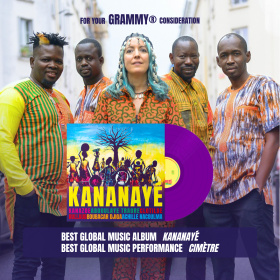

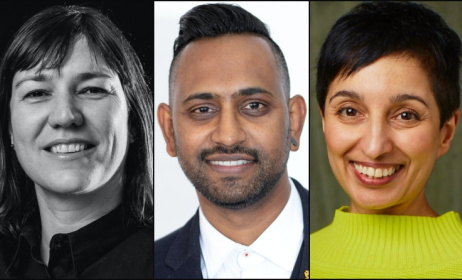
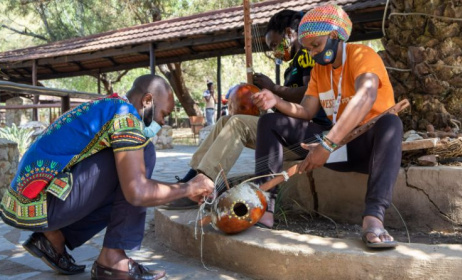

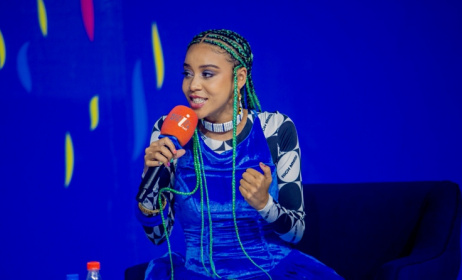
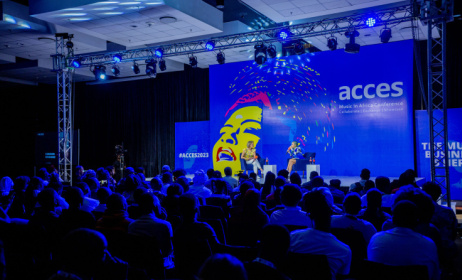



Commentaires
s'identifier or register to post comments